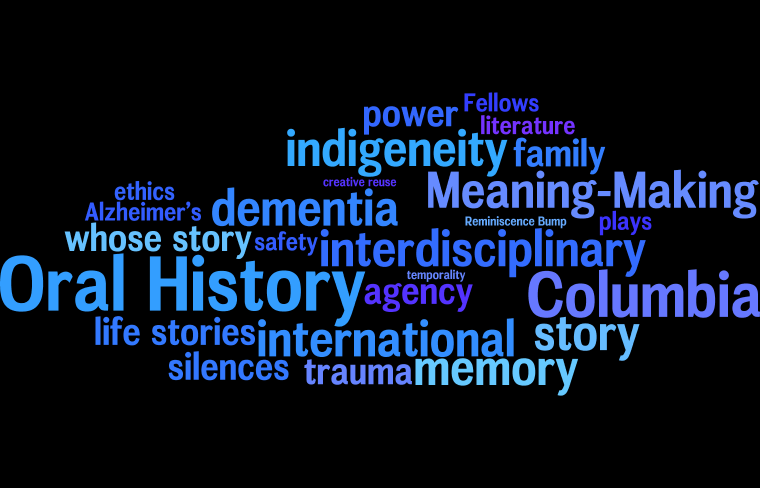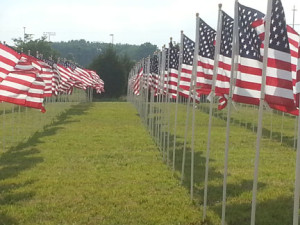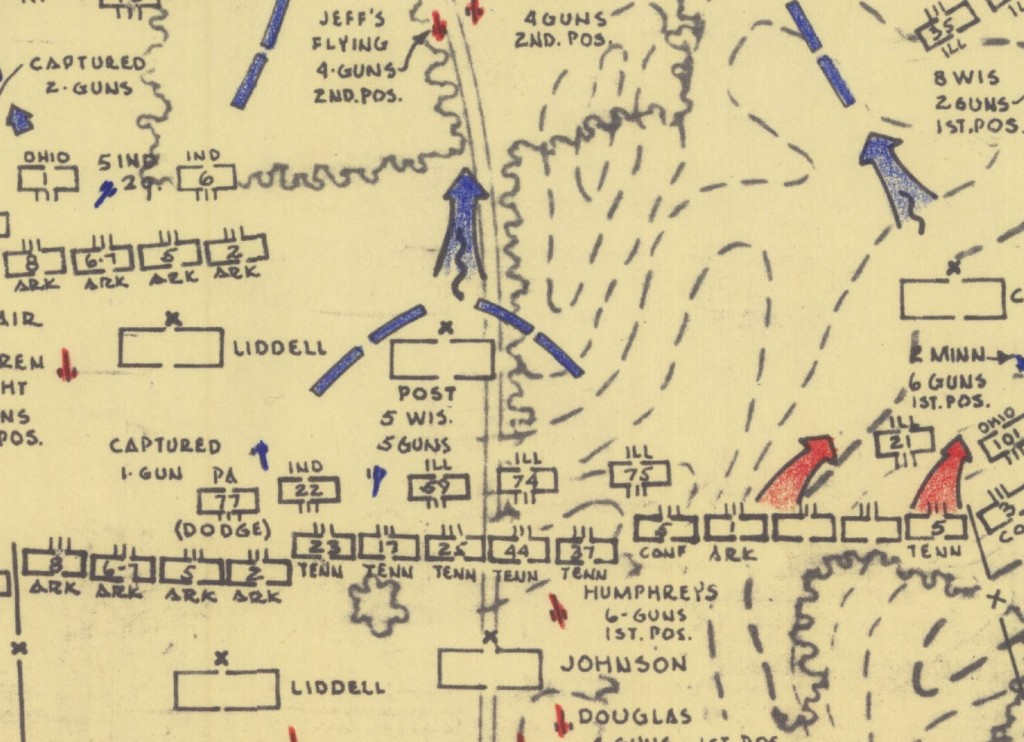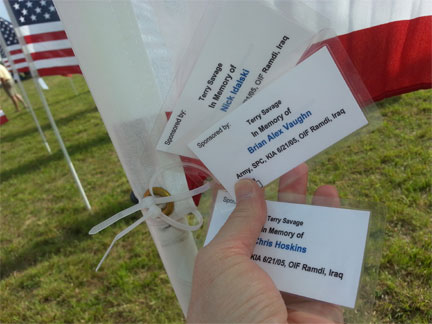We don’t know what the future holds, but we can begin to plan it now. This is the time for us to think about what we want our world to look like when COVID-19 has become history. Our society is already being transformed by this crisis. Here’s how we can seize this moment as an opportunity for positive change.
A GREEN NEW DEAL
FDR got America back to work during the Great Depression with the New Deal. With millions out of work, and undoubtedly more to come, we can give workers the skills and training they need to work in one of the most promising growth fields in our country – Green Power. American factories can be retooled to produce solar panels, greener vehicles, and all of the supporting manufacturing behind components for these and other energy initiatives. Federal support, vision and initiative will be key to making this transformation.
INFRASTRUCTURE UPKEEP
Growth in Green Power also requires that America’s infrastructure – so long neglected – receive urgent attention. Parts, panels, and other outputs of a green economy will still require safe and effective road, rail, waterway, and utility networks. Aging water pipes and treatment plants, failing bridges, and neglected dams all need to receive priority attention. Putting Americans back to work on these urgently needed projects can get our economy going again, and aid us all by making our transportation and utility systems ready for the 21st century.
INTERNET AS A UTILITY
Continuing public education during the pandemic was stymied by the lack of internet access by many of its students. As thousands of teachers and other adults working from home discovered, home internet bandwidth is often insufficient for simultaneous needs of the entire family.
The pandemic made it necessary for all to have access to telehealth, online banking, and online shopping tools, as well as access to computers to file unemployment or other forms of aid. Those without access to these tools found themselves delaying seeking medical assistance, unable to pay bills, and unable to file for critically needed unemployment benefits.
If everyone had equal access to the internet at speeds which would support such activities, many in our nation might still be able to work, have their children engaged in school, and provide for their families, even if only by filing for government aid.
WORKING FROM HOME
Industries and governments that never thought they would have need for remote worksites or telecommuting found that was the only way they could continue business operations during the prolonged closures of the pandemic. Meetings took place via Zoom, cloud computing became imperative, and thousands learned new online collaborative tools.
One of the real-world benefits of the mass work-from-home effort included deserted roadways. Overnight, traffic congestion and hour-long daily commutes vanished. In about a month, emissions in much of the continental United States decreased by around twenty percent. With this kind of immediate improvement in emissions, imagine what could be possible if most Americans continued to work from home on a regular basis. The coronavirus epidemic could mark the beginning of a sudden, active, and impactful way for us to begin to turn the corner on climate change.
A LIVING WAGE
More than one worker pointed out the irony of being deemed part of the “essential” workforce, while making minimum wage. Those individuals working in non-medical fields but who were nevertheless dubbed “front-line workers” during the crisis included custodians, clerks, fast-food workers, delivery drivers, and grocery store employees. Their “essential” jobs also put them at greater risk for contracting and spreading the virus. One dedicated grocery store worker, Leilani Jordan, of Largo, Maryland, died at age 27 after contracting the virus. She resisted her mother’s pleas to stop working, insisting that her work was an urgent imperative to help others in her community, especially the elderly and disabled. (Source: “27-year-old grocery store clerk kept working because she wanted to help people. Then she died from coronavirus.” Surely these workers who have provided needed services to us all, and are working in the one area of our economy that has remained open for business, have proven that they deserve a better wage for the important services they provide.
UNIVERSAL HEALTH CARE
Perhaps no other need is as obvious as universal health care. Early in the pandemic, some Americans did not seek testing or treatment, because they had no insurance, or faced expensive deductibles or co-pays. In fact, many had financial incentives to both remain sick – and remain at work, a risk to themselves and others. Universal health care could have aided in a quick response to the pandemic, and would support health rather than profiting off of illness like our current system of private insurance, which creates financial incentives to encourage and delay treatment. The best way for us to position ourselves as a nation to respond to the next public health crisis is to ensure that all Americans have easy and affordable access to quality health care at every stage of their lives.
ELIMINATING HEALTH DISPARITIES
As the numbers of COVID-19 cases and deaths grew, an alarming trend became apparent: African Americans were more likely to die from COVID-19 than their white counterparts. In Milwaukee, Wisconsin, although blacks make up 26% of the city’s population, 81% of the COVID-19 deaths were among African Americans. Milwaukee, unlike other cities, had already explicitly called-out and identified racism as a public health risk in 2019, and they took the initiative in documenting coronavirus cases by race, something that remains missing from the national numbers.
VOTING REFORM
The recent debacle in Wisconsin – where citizens literally risked their lives to vote, with the blessing and encouragement of the United States Supreme Court – points out the urgent necessity to modernize our elections. We must seize this moment to broaden the electorate and eliminate the increased barriers to voting that have been erected in recent years. In the midst of a pandemic, legitimate alternative methods of voting must be implemented, protected, and welcomed. Most states have such measures already in place, but options such as voting by mail, paper ballots, and absentee ballots are held in disfavor. No one’s vote should go uncounted, just because the method by which it is cast is inconvenient for the state. Full participation by all eligible voters is the foundation of our democracy.
DISASTER PREPAREDNESS
Planning and preparing for a disaster is never a popular subject, and it is easy to defer action. “We’ll get to it later;” “we can’t afford it right now;” “it’s not urgent at this time” are common refrains. COVID-19 shows that the time to prepare for a disaster is before one happens. Planning is critical. Granted, the scale of COVID-19 is unprecedented in our lifetimes – but effective planning – from medical stockpiles to response – is critical to enabling a swift and nimble response to a national crisis.
FUND WHO, NIH, CDC
Likewise, consistently, reliably, and responsibly funding national and international health organizations such as the World Health Organization (WHO), the National Institutes of Health (NIH), and the Centers for Disease Control (CDC) should never be questioned. Understaffing, underfunding, and undersupply have the capacity to create a crisis where there is none – and will have catastrophic consequences when there is an urgent, sudden need demanding immediate action.
A GOVERNMENT THAT WORKS
The mechanisms of the Federal government exist to serve the people, not the politicians. The so-called safety net will be strained, and likely broken. Government will find it necessary to shed employees just like other sectors of the economy – just when its services are most needed. The long wait times for unemployment, for instance, will only get worse, and government employees are needed to make the system work. Shrinking the government at this time is like asking a starving man to cinch up his belt while asking him win a weightlifting competition. This is no time to cut back; there is heavy lifting ahead. Government aid programs will be needed by our citizenry more than ever, and we need to support these programs with finances and personnel.
MAKE AMERICA KIND AGAIN
The politicians in Washington, DC may not have recognized this yet, but many Americans have. Ordinary Americans are finding new ways to connect, support each other, and find hope, laughter and joy in the midst of this pandemic. All of us have learned in new ways that we are all connected, and we are all in this together. COVID-19 doesn’t care about my patriotism or my political party. It doesn’t care if I’m liberal or conservative, immigrant or native-born. There is a deep recognition that we all must come together to do our part, and it is only through togetherness – our shared responsibility and commitment to each other as friends, neighbors, and community members – that we can keep each other safe, encouraged, and comforted.
LOOKING BACK, FROM THE FUTURE
To be sure, these are “uncertain times.” COVID-19 has brought disruption to every aspect of our lives. Daily life has already become vastly different than what it was only a few months ago. Undoubtedly this is a transformative moment in our history. Moving forward, we can choose what the future looks like. Let’s choose wisely, and make this world, our country, and our communities better places for all who call it home.



